-
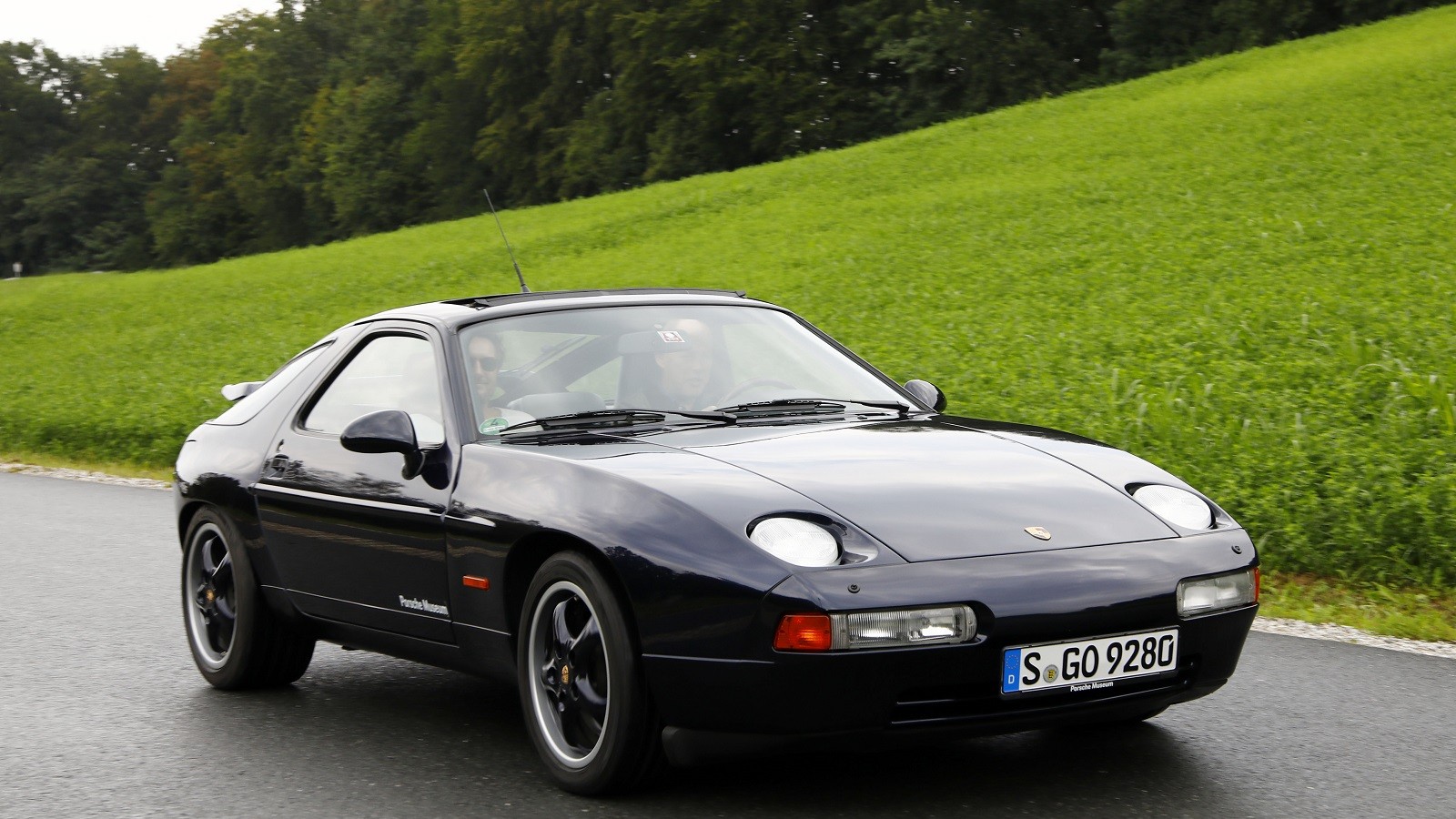 © Porsche
© Porsche -
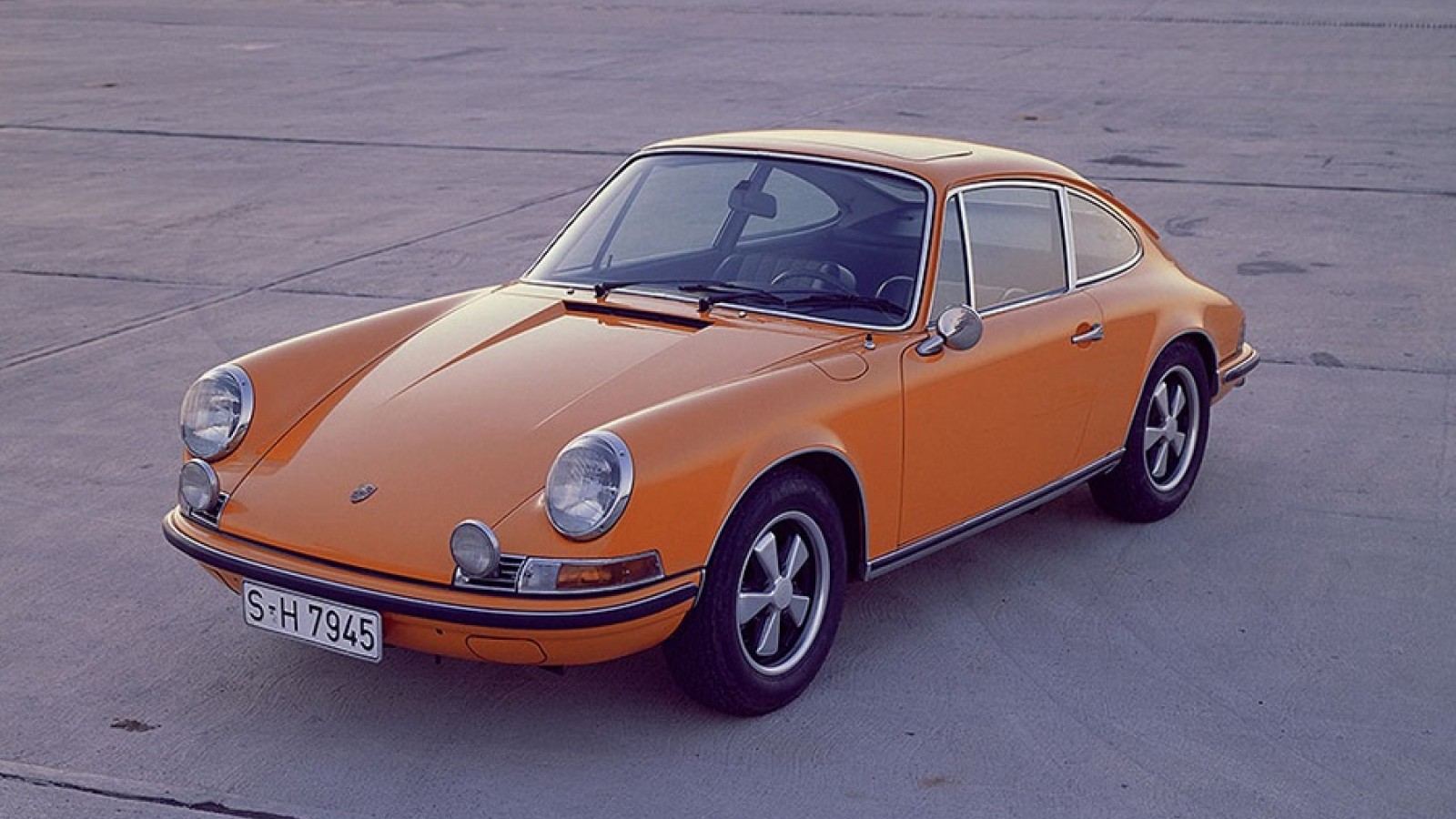 © Porsche
© Porsche -
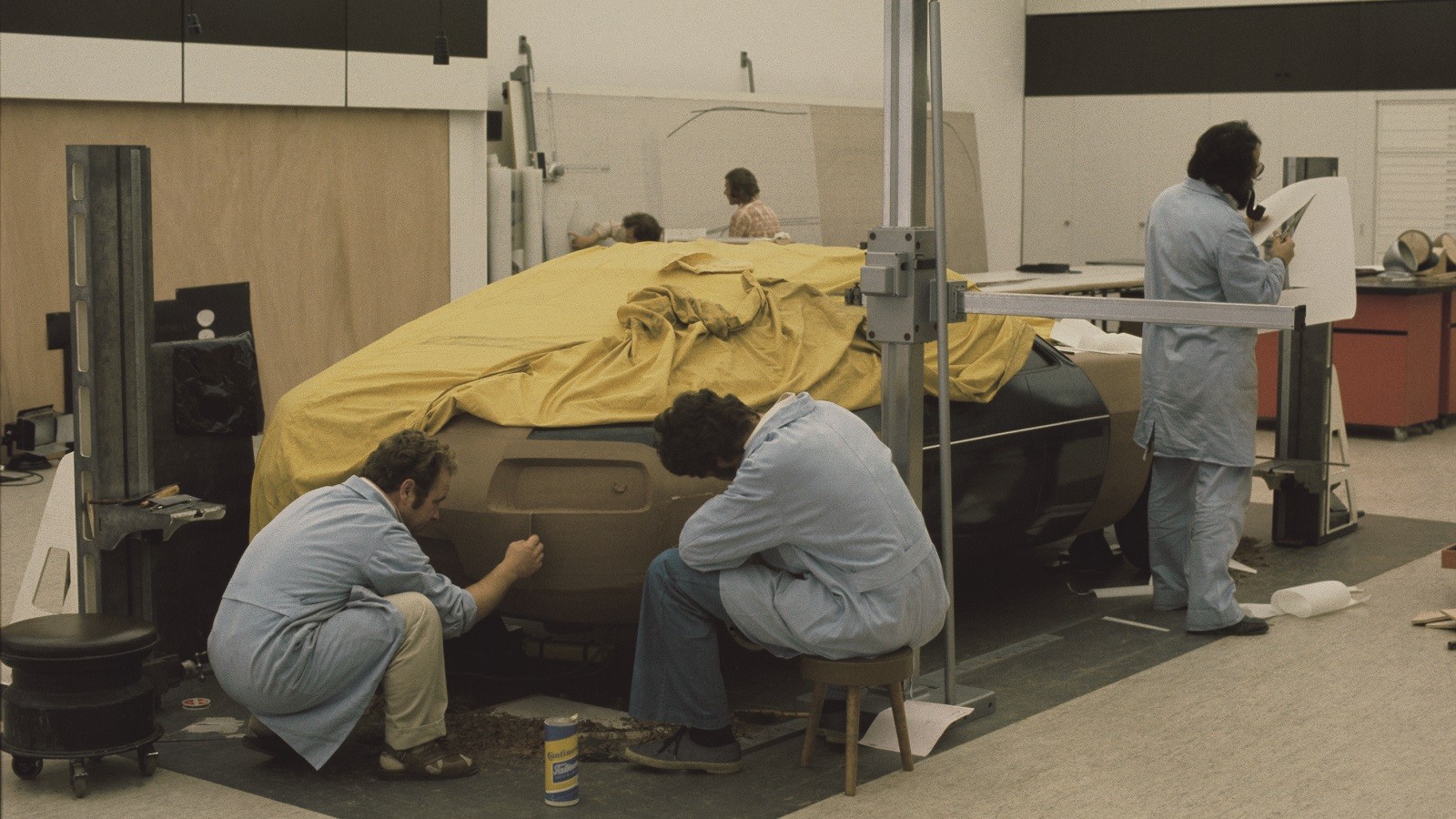 © Porsche
© Porsche -
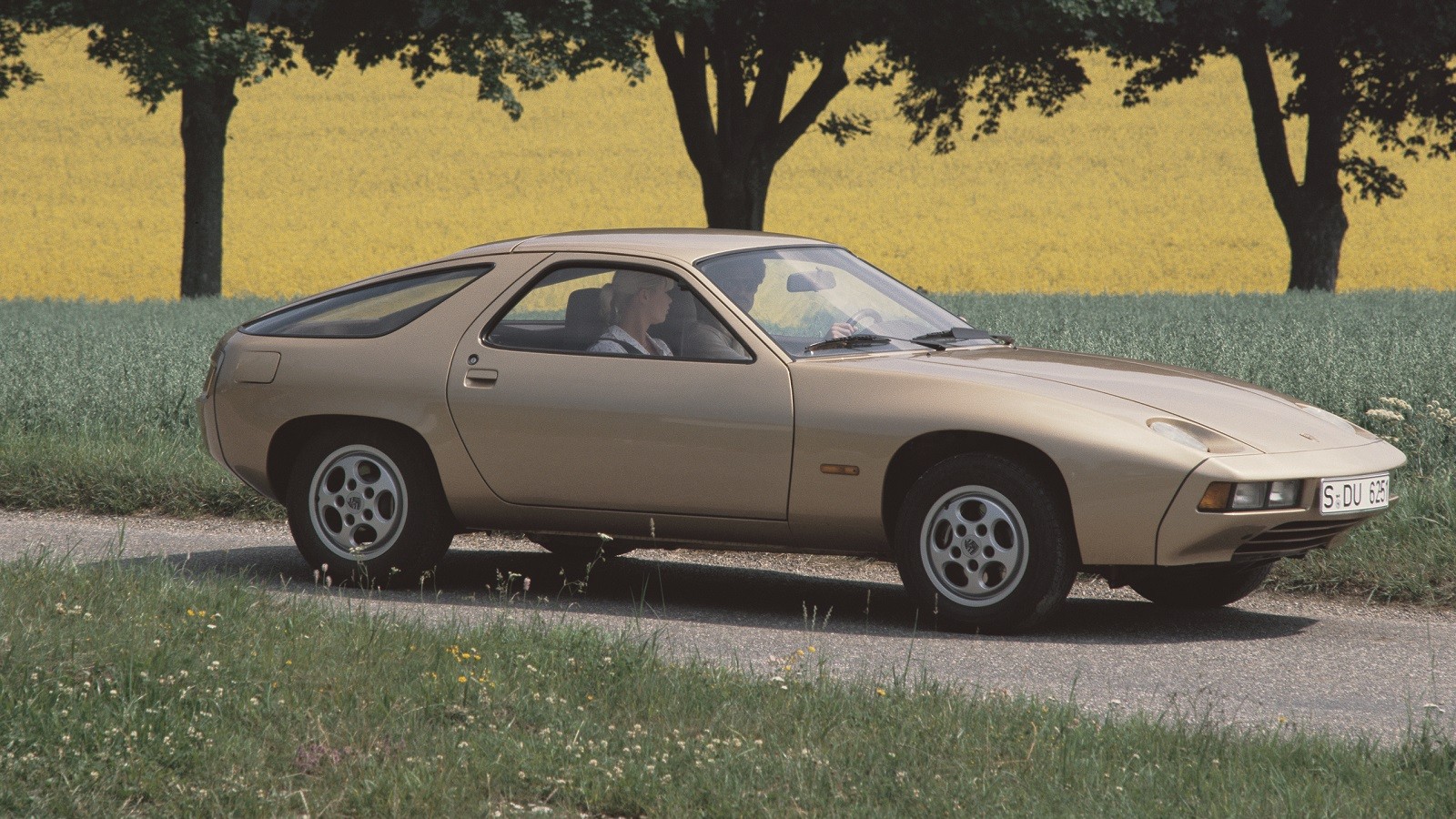 © Porsche
© Porsche -
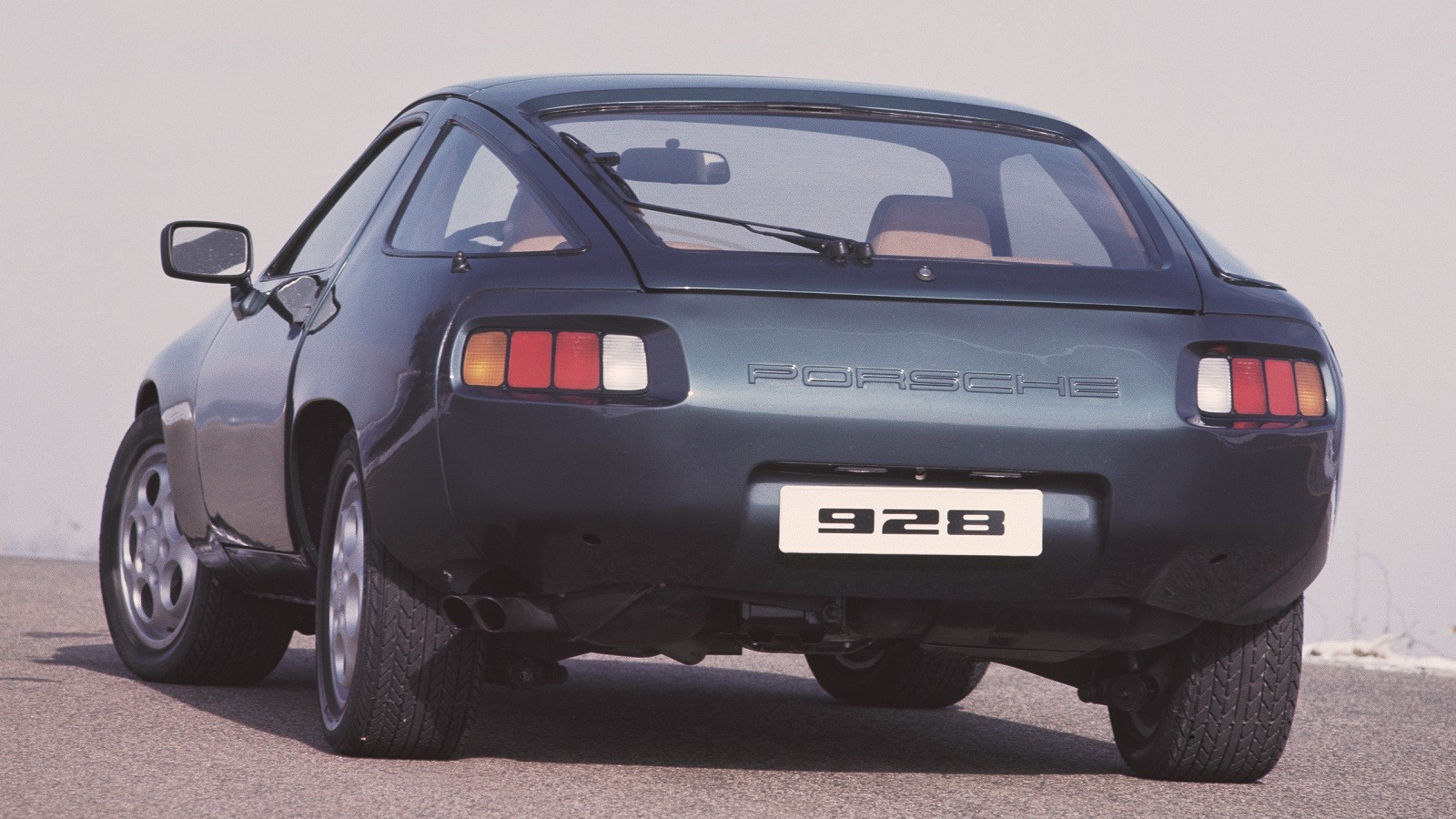 © Porsche
© Porsche -
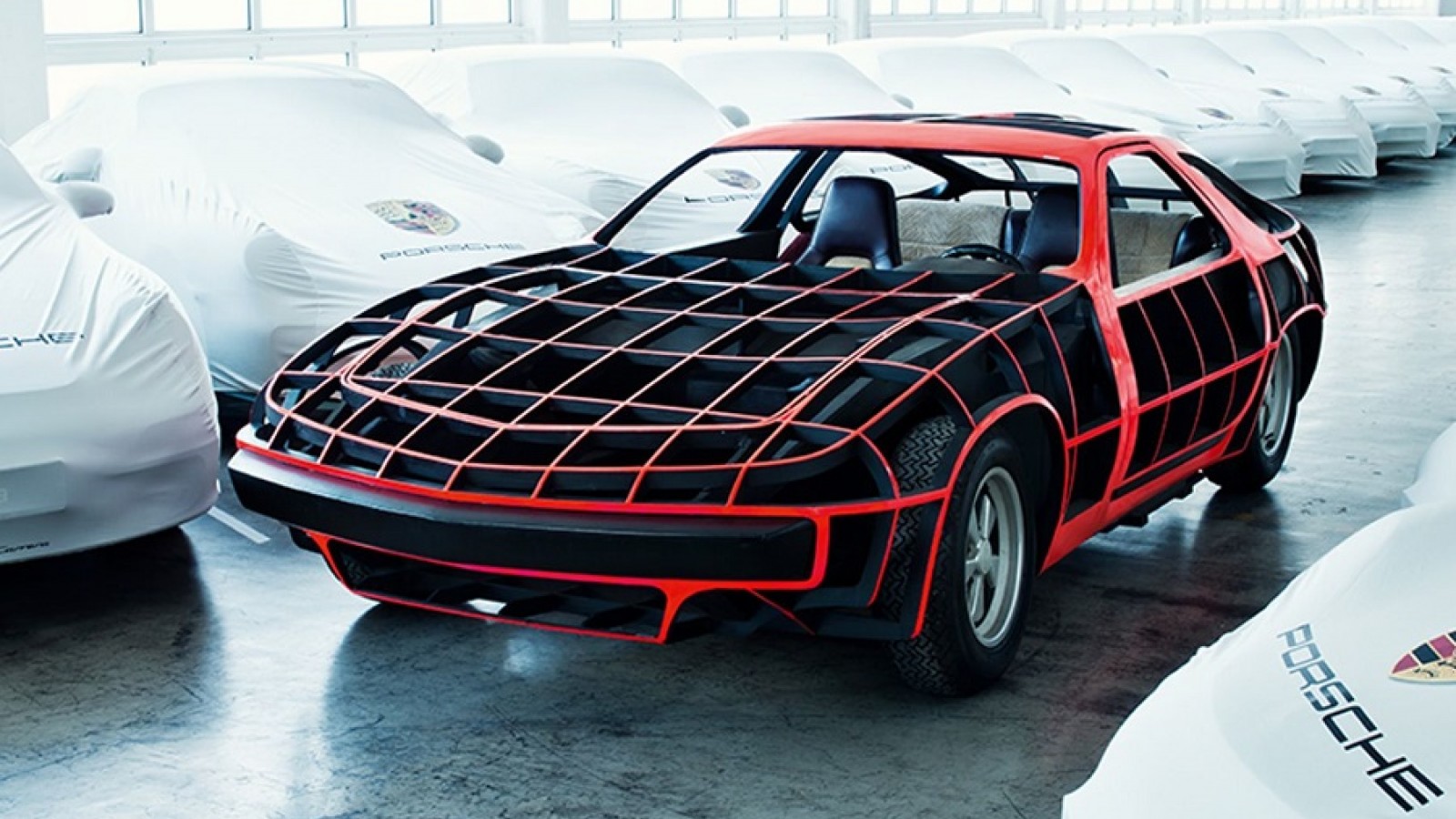 © Porsche
© Porsche -
 © Porsche
© Porsche -
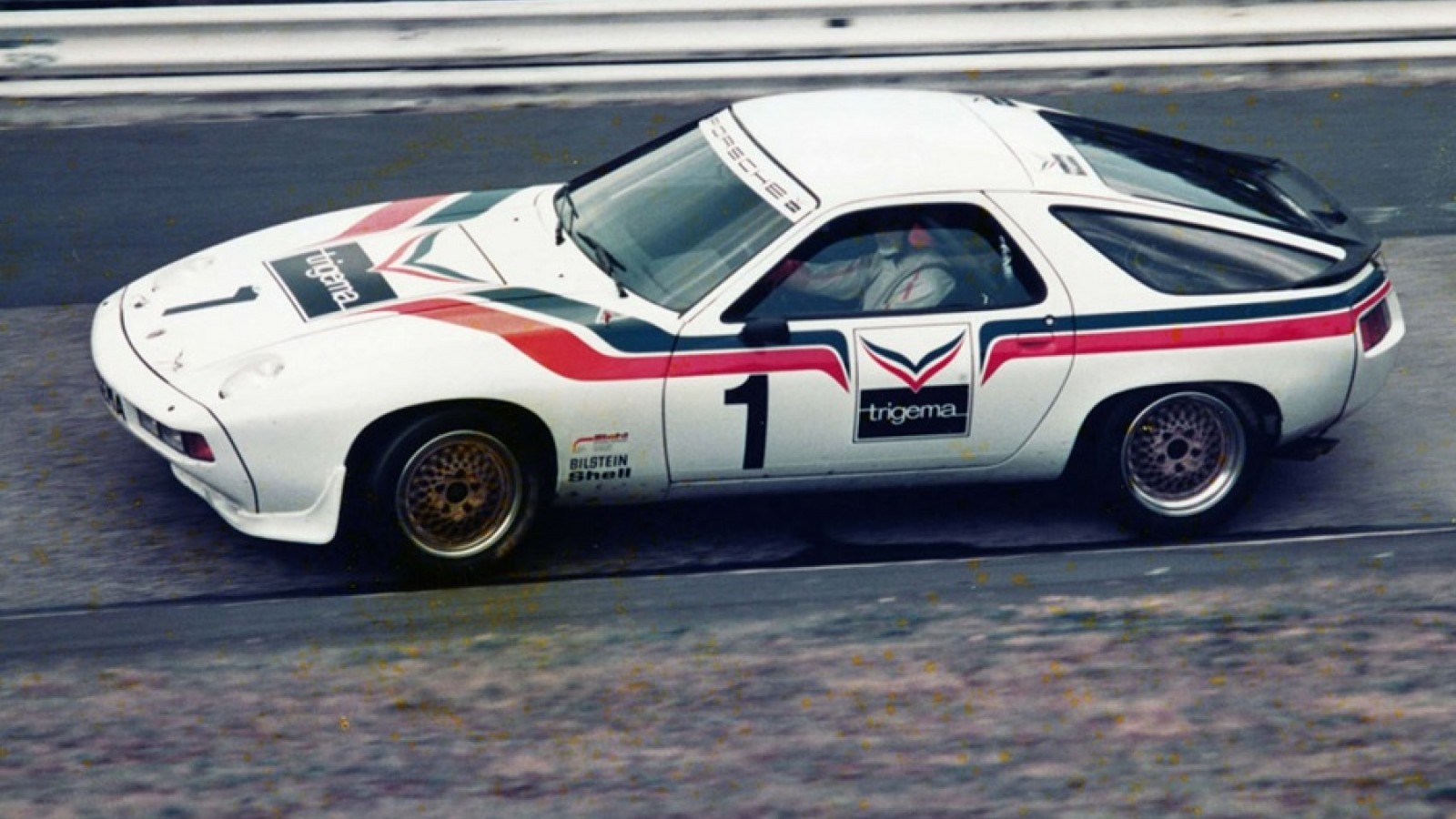 © Porsche
© Porsche -
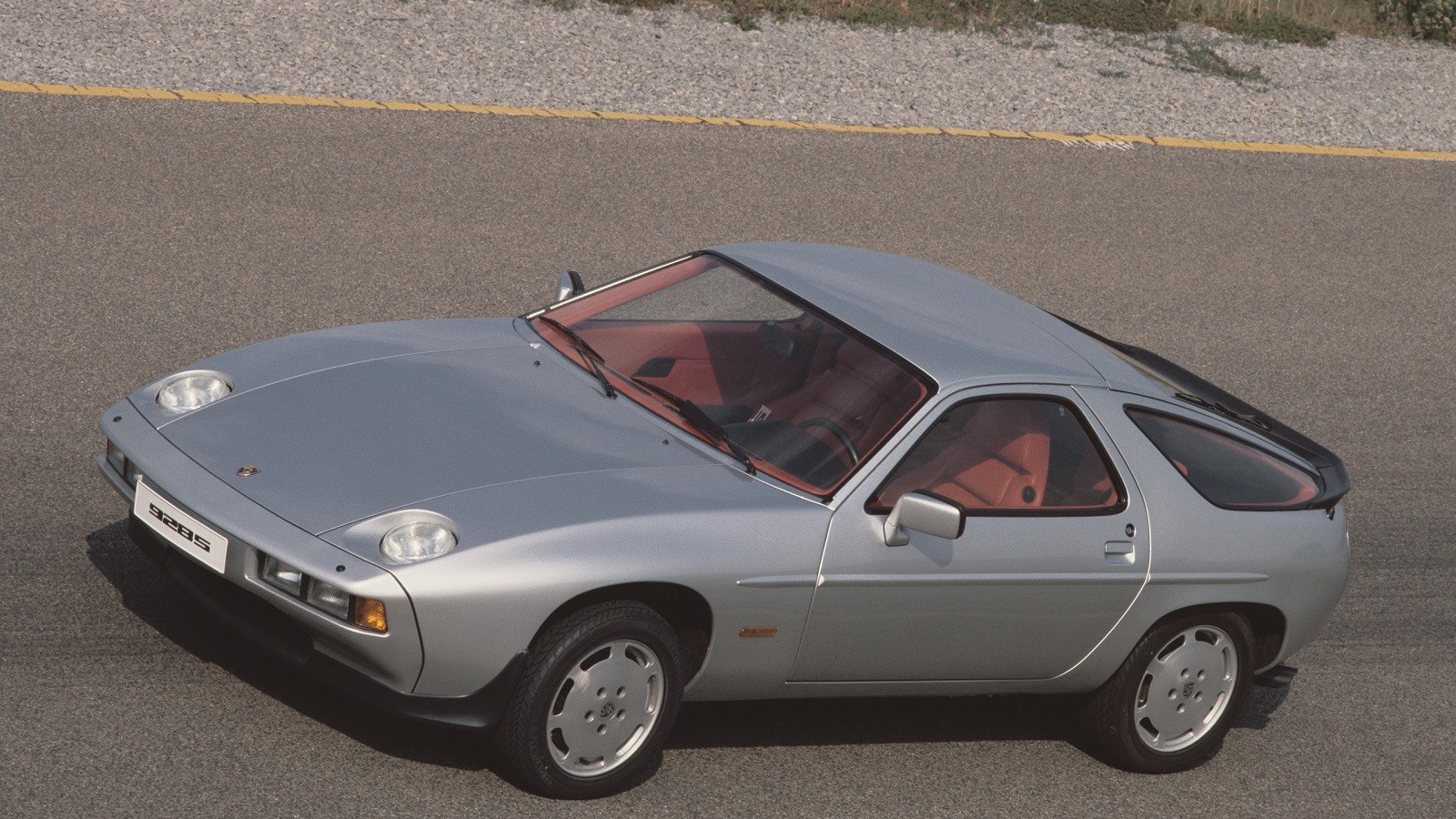 © Porsche
© Porsche -
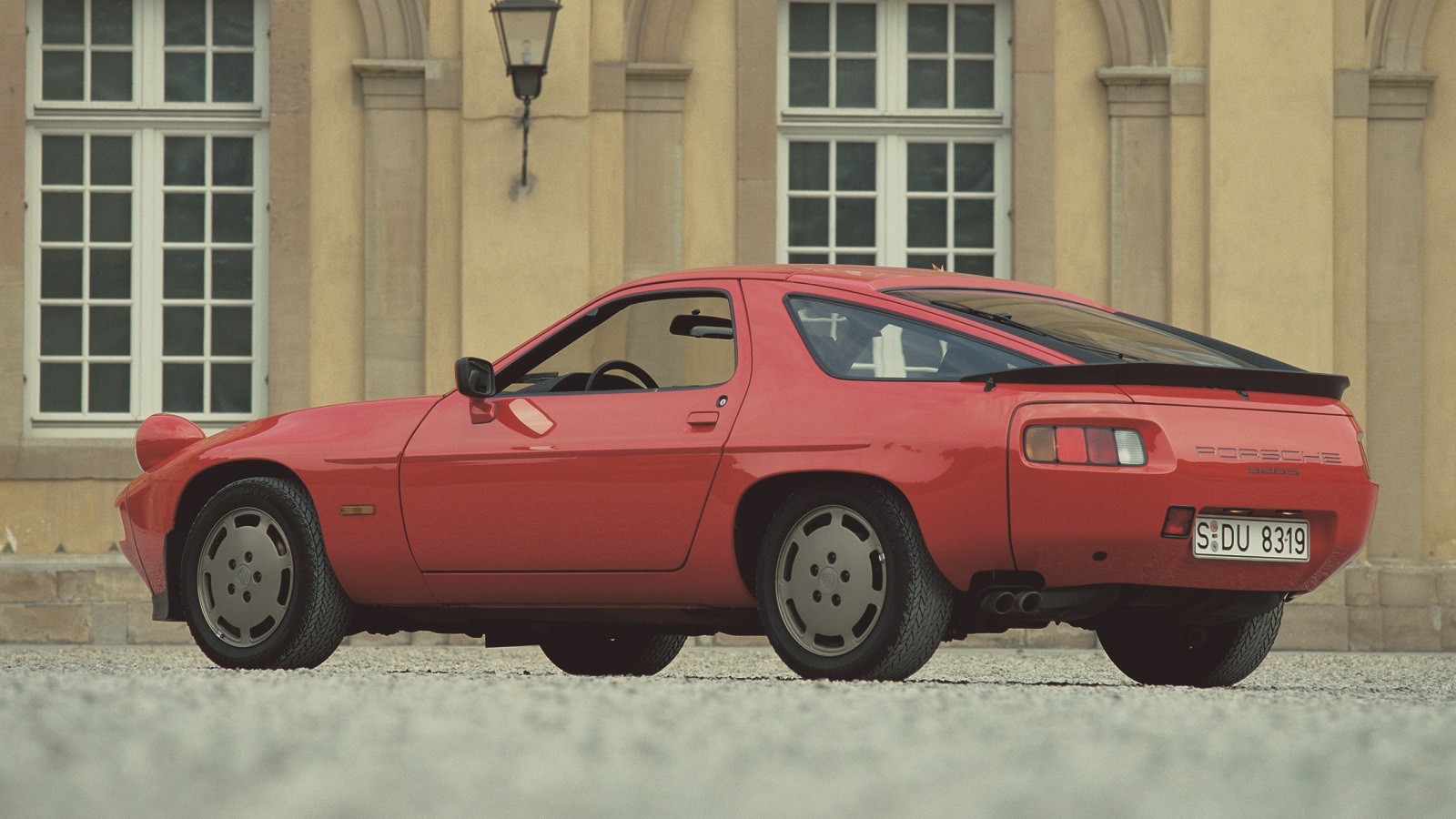 © Porsche
© Porsche -
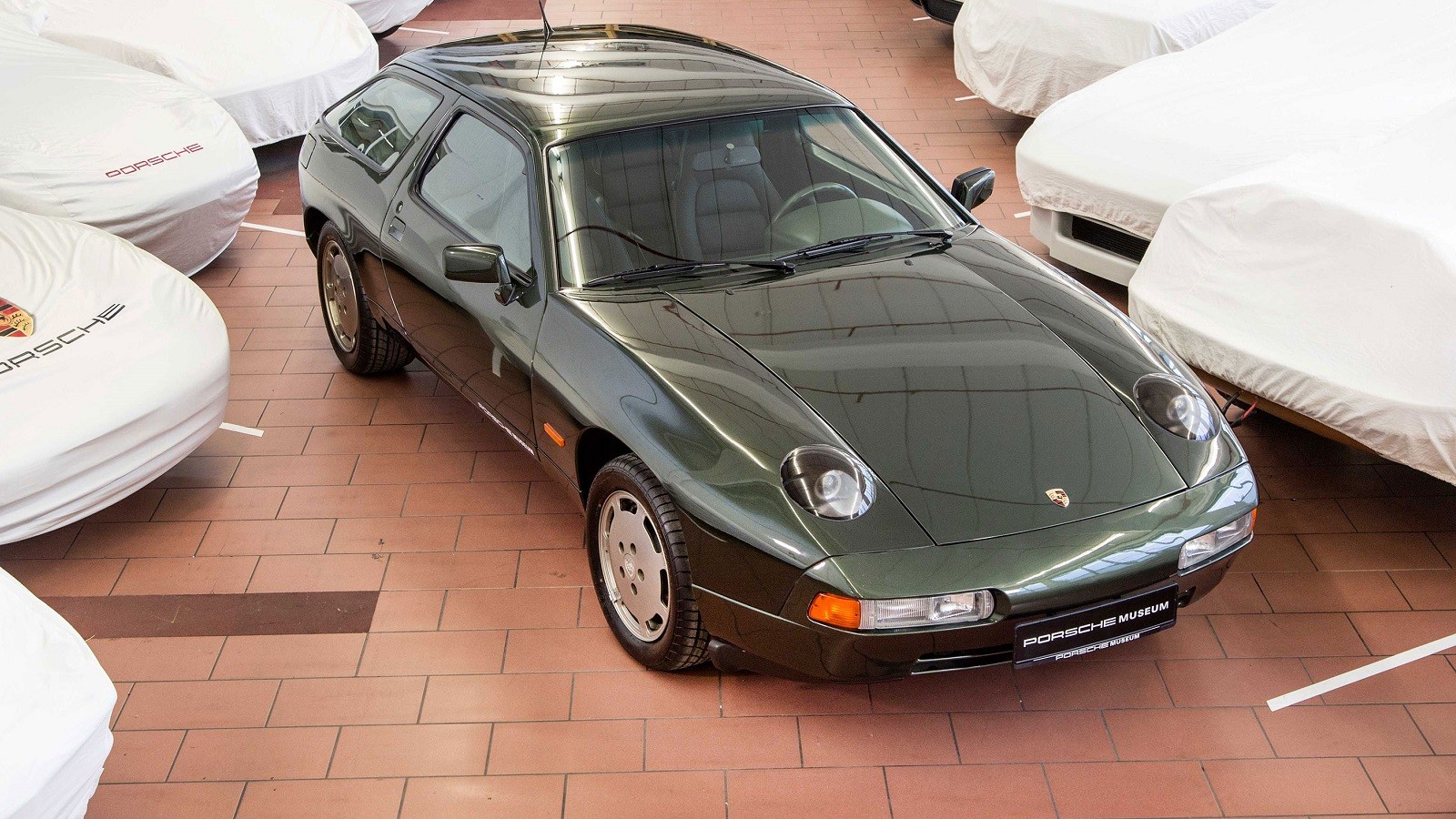 © Porsche
© Porsche -
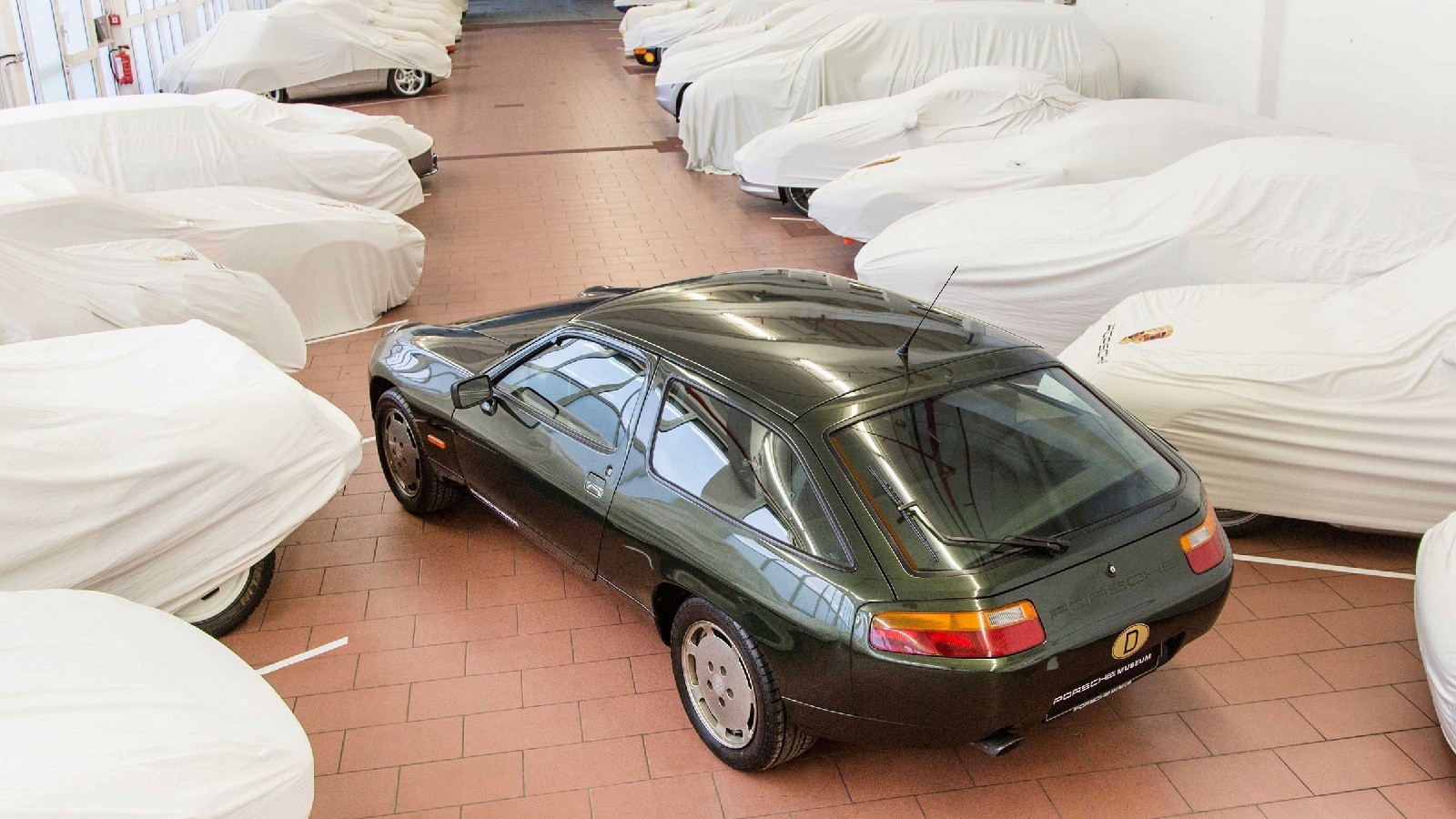 © Porsche
© Porsche -
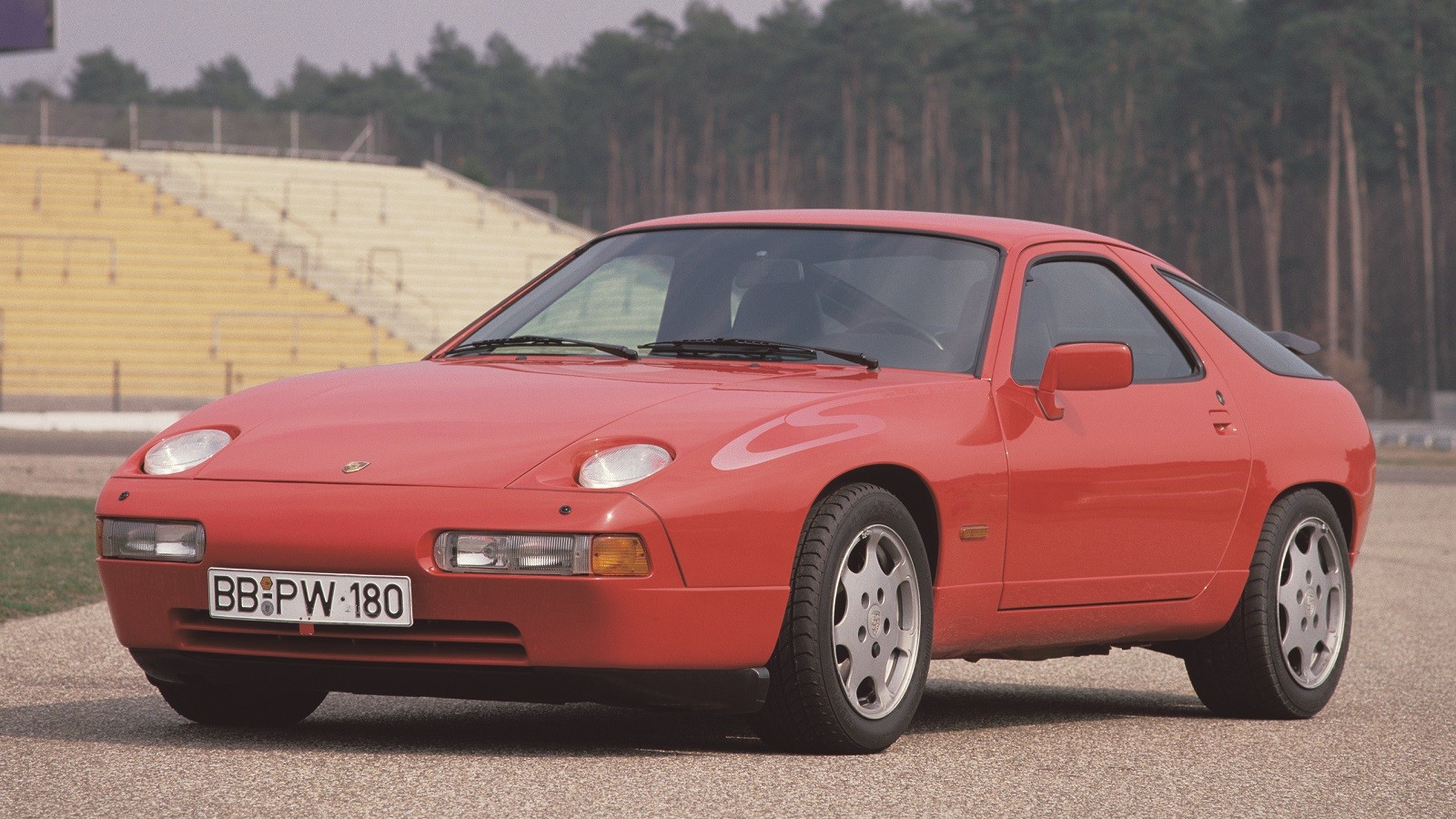 © Porsche
© Porsche -
© Ronan Glon
-
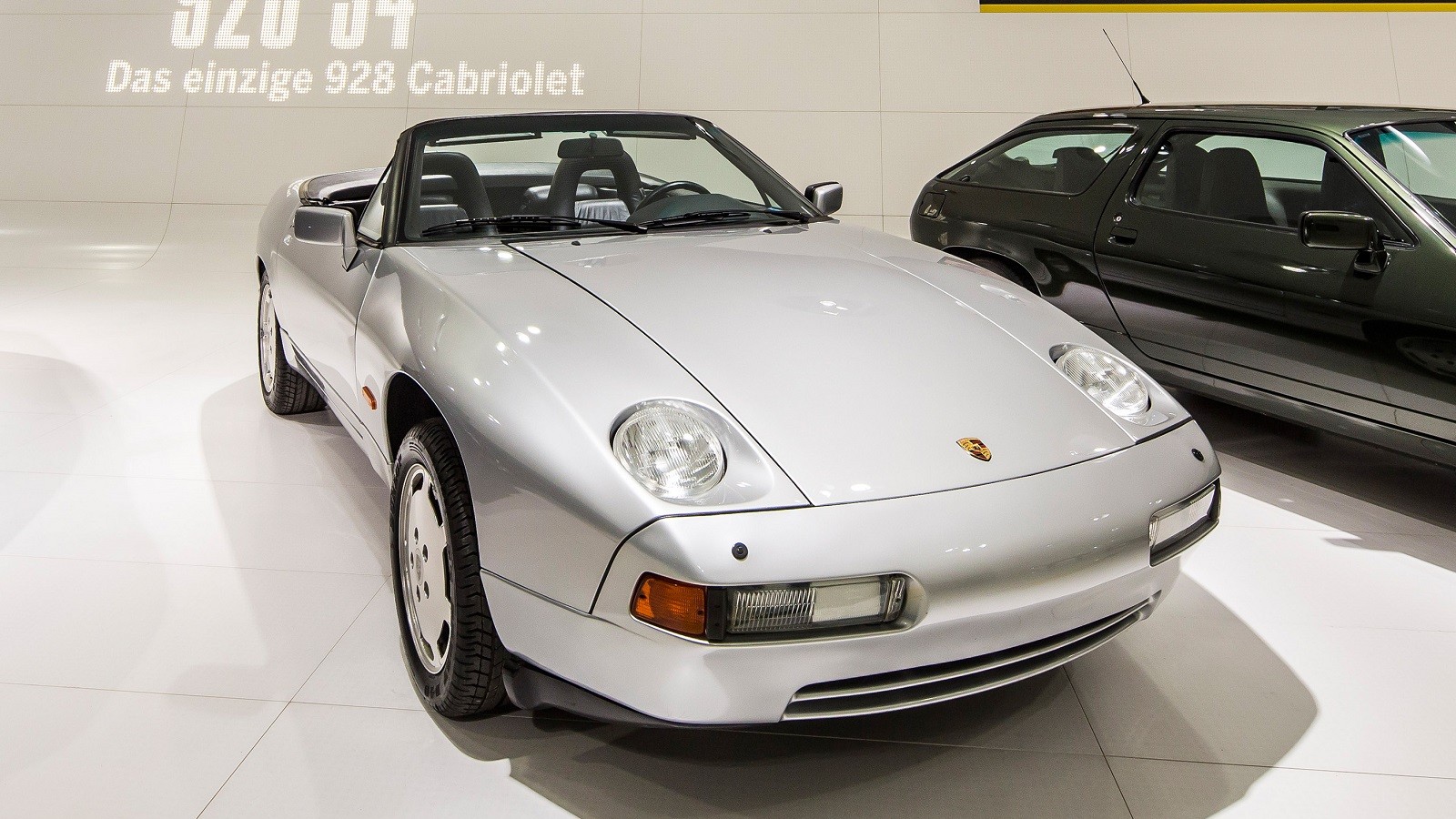 © Porsche
© Porsche -
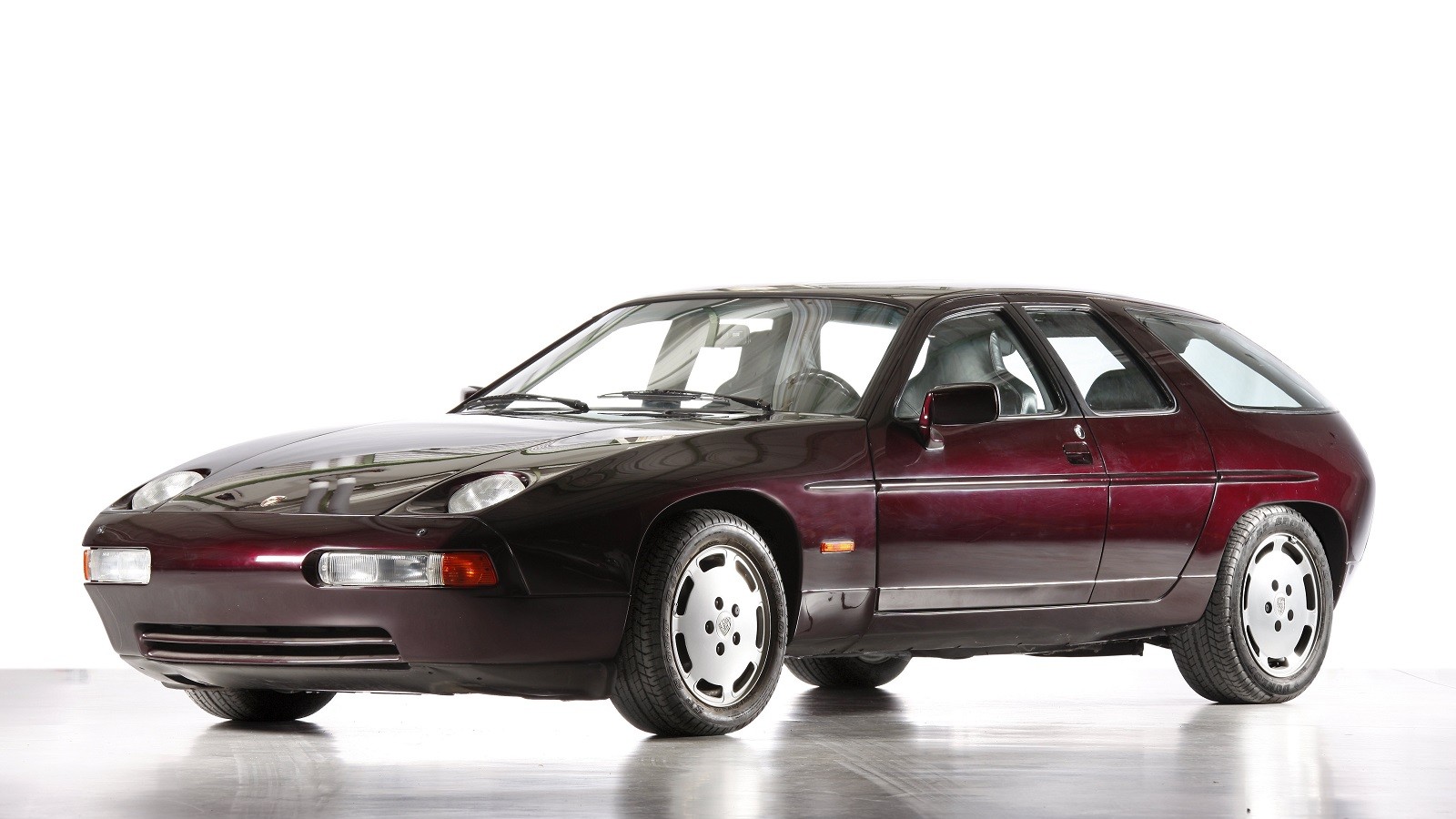 © Porsche
© Porsche -
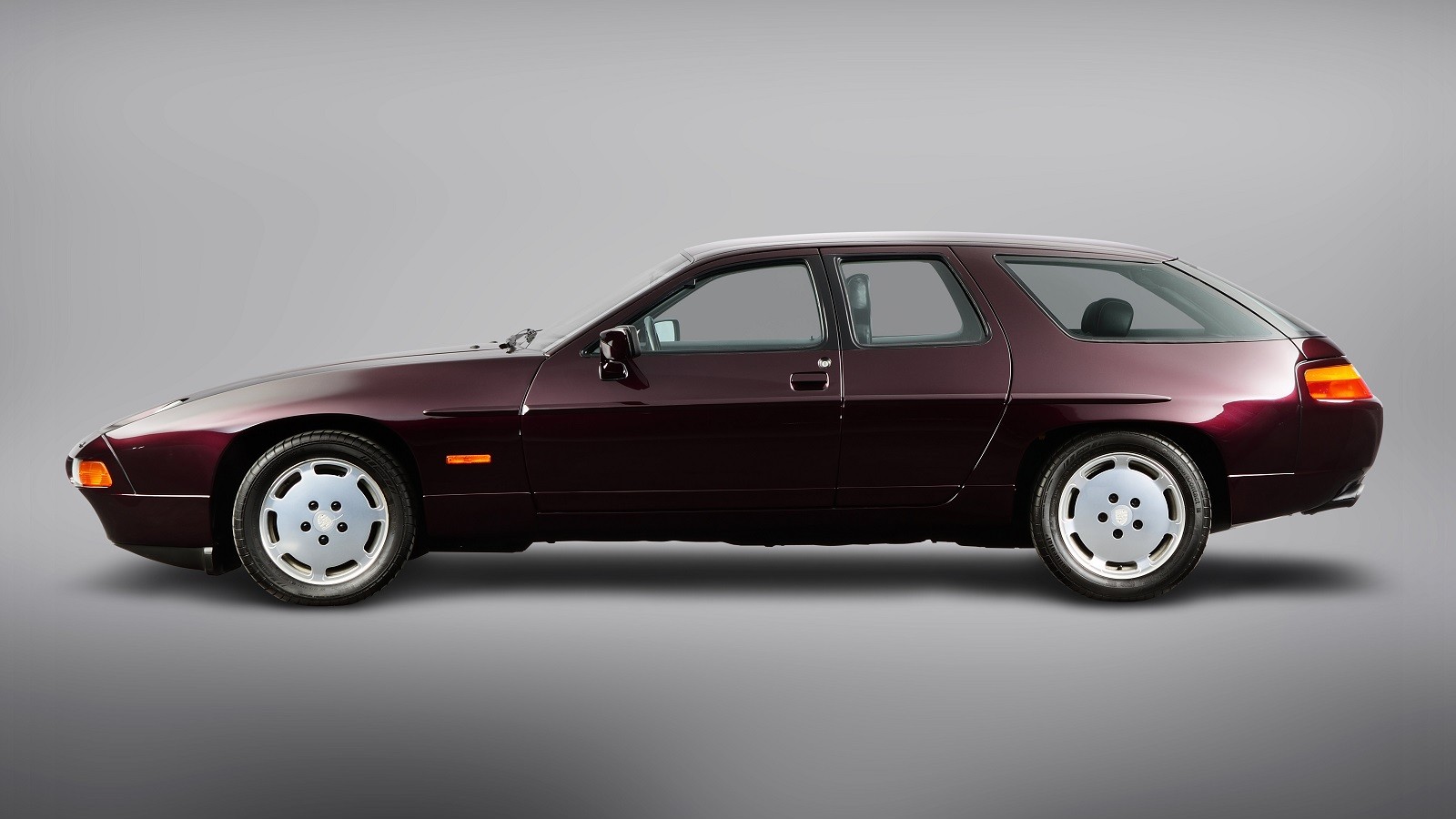 © Porsche
© Porsche -
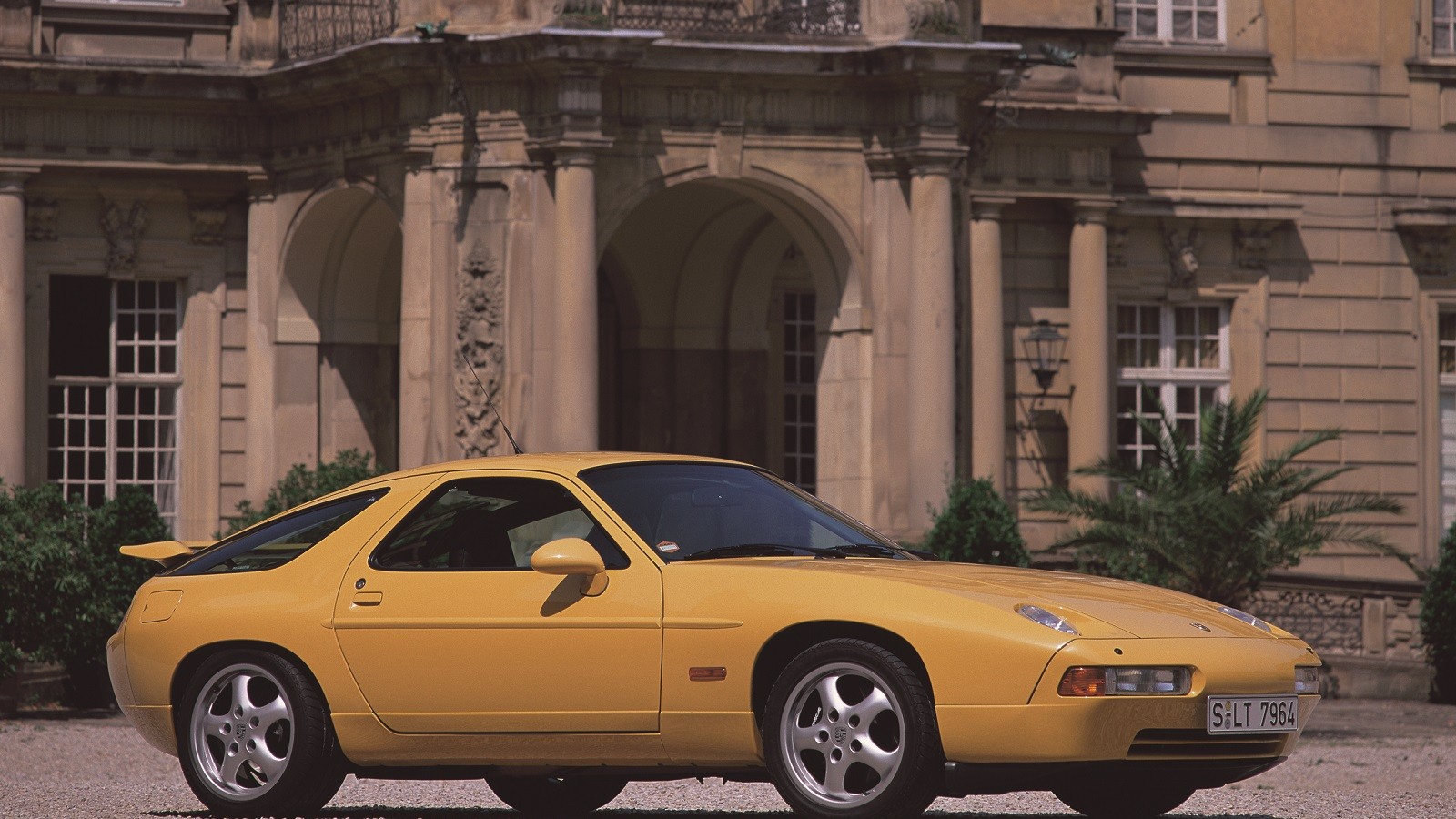 © Porsche
© Porsche -
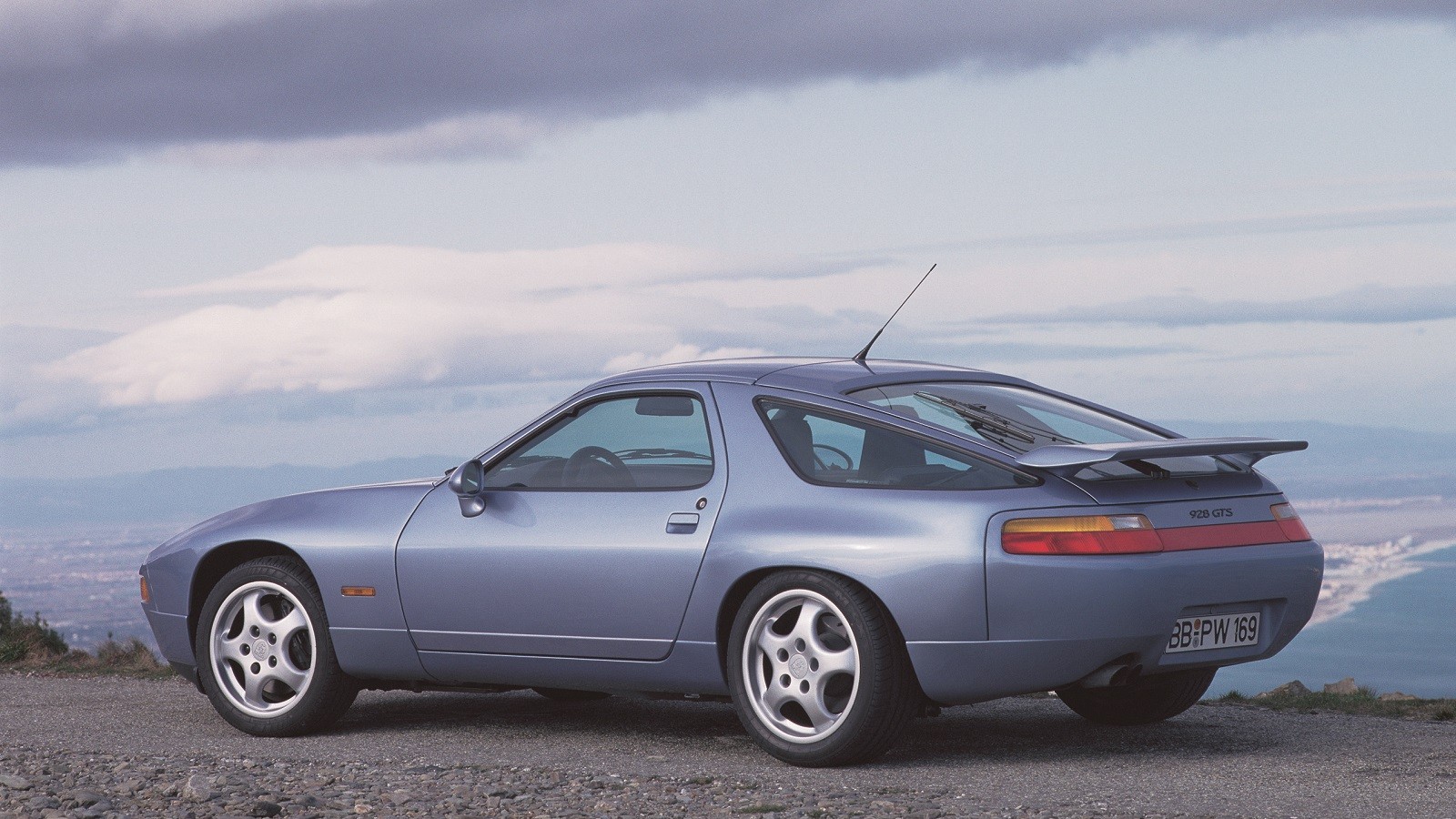 © Porsche
© Porsche -
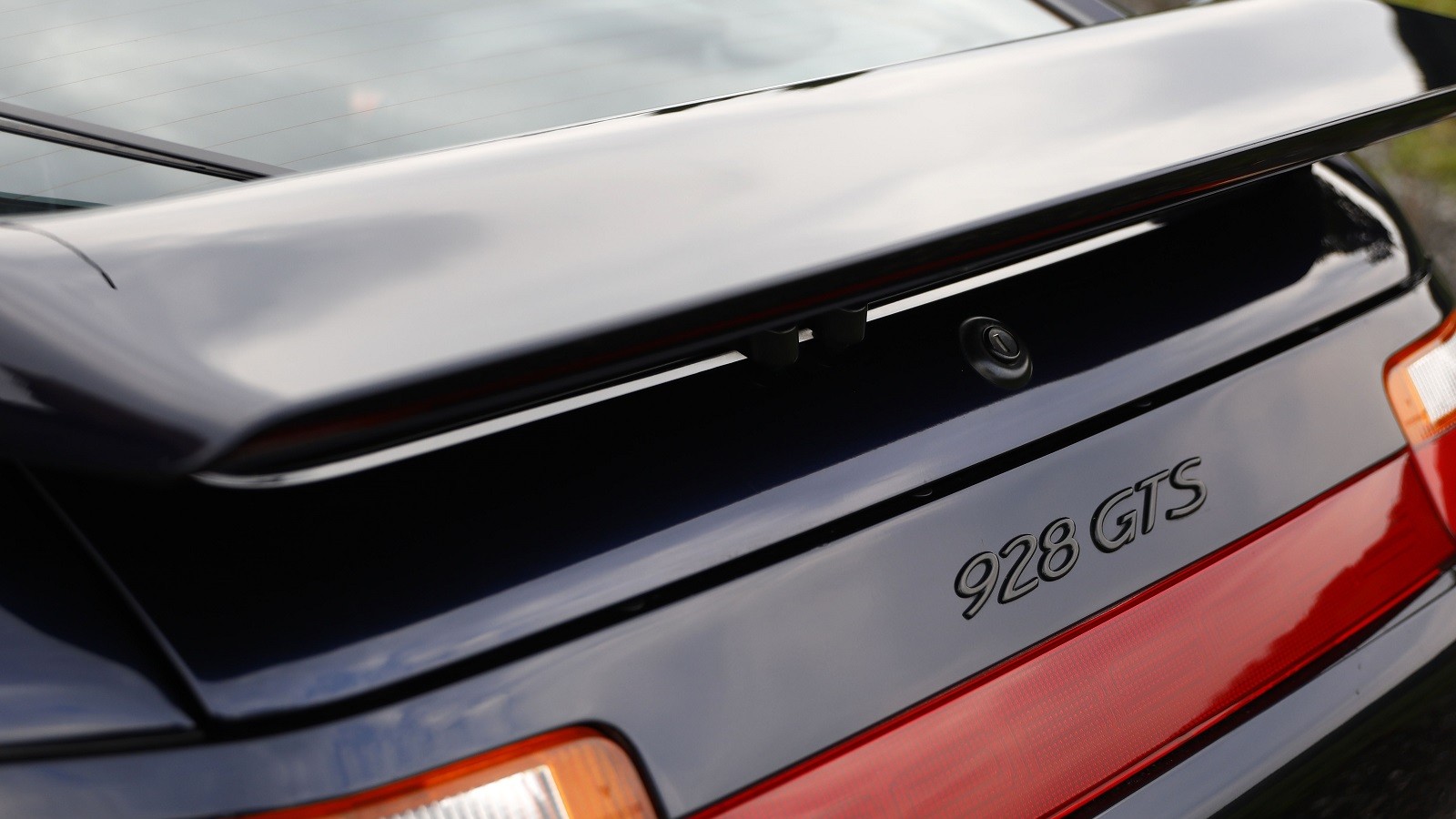 © Porsche
© Porsche -
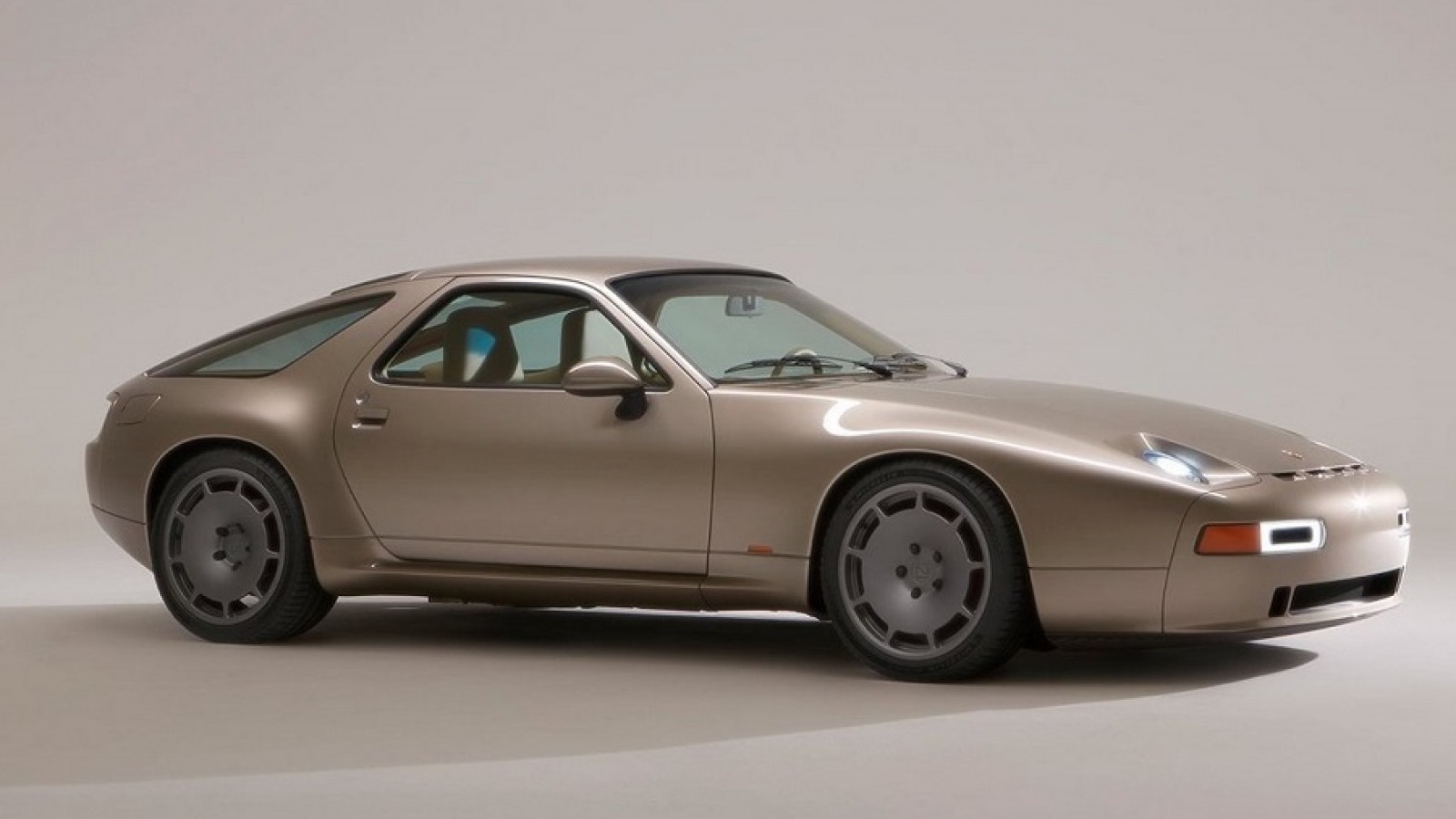 © Nardone Automotive
© Nardone Automotive
-
45 years of fun
The 928 was a revolution for Porsche.
After years of making the air-cooled 911 propelled by a rear-mounted flat-six engine, the German firm surprised its peers and rivals by launching a water-cooled car powered by a front-mounted V8.
While the 928 didn’t replace the 911 as it was initially designed to, it had a lasting effect on the Porsche range.
-
The 911’s successor
Porsche began developing the 928 in 1972. At the time, the 911 (pictured) was becoming increasingly obsolete due in part to its rear-mounted air-cooled engine.
Replacing it was easier said than done and several proposals were examined. Ernst Fuhrmann, the chairman of the company’s executive board, argued for a completely new model with a front-mounted engine and a rear-mounted transaxle.
-
On a completely different road
Engineers chose to power the new model with an engine derived from the water-cooled, 4.5-litre V8 that Porsche used in racing.
Meanwhile, designers penned a wedge-shaped silhouette that fell perfectly in line with the styling trends of the 1970s while breaking new ground. The bumpers were integrated into the body, for example, and this feature created a significant challenge for the development team.
“At that time, we simply didn’t have a paint that could cover steel, aluminium and polyurethane equally well,” remembers Wolfhelm Gorissen, the 928 project’s director. Porsche invented a new type of paint.
-
The 928’s introduction
Porsche presented the 928 at the 1977 edition of the Geneva motor show.
The coupé received a warm welcome from journalists and enthusiasts alike: it was considerably more modern, better equipped, more ergonomic and better to drive than the 911 it was designed to replace.
Wolfhelm Gorissen went as far as arguing that, “the car drove a full class better than the 911 of that time.”
The 928 went on to be crowned 1978’s European Car of the Year – it remains the only sports car to have won this title.
-
The original 928, by the numbers
In the United States, one of Porsche’s most important markets, the 928 went on sale for the 1978 model year. It was powered by a 4.5-litre V8 engine that sent about 219bhp and 254lb ft of torque to the rear wheels via a five-speed manual transmission, though buyers could alternatively order a three-speed automatic.
Pricing started at $28,500 in 1979 (about $116,400/£96,600 in 2022), a figure that pegged the 928 comfortably above the standard variants of the 911, but far below the turbocharged 930 model.
-
The 928-based 995
Early on, Porsche realised the 928’s potential as a solid foundation from which it could branch out into different segments of the market.
One of the earliest and most unusual 928 offshoots was a concept called 995 internally that was commissioned by West Germany’s Federal Ministry of Research and Technology in 1978.
The idea was to design the sports car of the future: it needed to be efficient, quiet and safe. These were hardly the most exciting attributes for a high-end coupé, but Porsche obliged.
-
The 928-based 995 (cont.)
Starting with a 928, engineers envisioned a coupé that could be powered with either a 3.0-litre V8 fitted with cylinder deactivation technology or a 2.2-litre four-cylinder engine.
Both were to spin the rear wheels via an electronically controlled five-speed dual-clutch transmission – this was a groundbreaking idea, especially considering dual-clutch gearboxes didn’t enter series production until the early 2000s.
-
The 928 goes racing
The 928’s motorsport career wasn’t as extensive or as illustrious as the 911’s, but the big coupé competed in numerous races during its long production run.
Hans Clausecker and Günther Steckkönig entered a modified 928 (pictured) in the Veedol long-distance trophy held on the Nürburgring in 1983 and won the event, a feat they repeated twice in subsequent years. The car went into the Porsche collection when it retired; it was restored in 2014.
Porsche later set a 24-hour record on the Nardò track in Italy with a 928 S. It covered 3748 miles at an average speed of 156.2mph.
-
The 928 S
As it had done with the 911, Porsche gradually released new variants of the 928 that benefited from more power, among other improvements, to remain competitive.
The 1983 model year brought the 928 S (pictured), which received a 4.7-litre V8. Interestingly, the 928 S came standard with a four-speed automatic transmission in the United States; a five-speed manual was a no-cost option.
-
Small but significant improvements
Porsche made several updates to the 928 S in the 1980s.
The V8’s displacement and output grew to 5.0 litres for 1985 and the list of equipment was expanded, with features such as a power-operated hatch release and ABS brakes. Clearly, buyers in the market for a 928 were after luxury as well as performance.
Porsche continued to position the 928 as its flagship model.
-
The 928-4
Porsche studied several 928 offshoots, though none were ultimately approved for production.
One was a shooting brake-like estate called 928-4 that was built in 1984. Based on the S, the prototype featured an extended wheelbase that cleared up more space for the passengers sitting in the back, a longer roof panel that gave it a bigger boot, and a more upright hatch. It looked nearly ready for production.
-
The 928-4 (cont.)
Porsche also fitted the 928-4 with fixed projector headlights and green-tinted windows.
Inside, the estate gained green-leather upholstery that matched the paint. While it would have made an interesting (and unique) addition to the 928 range, the 928-4 was mothballed in the middle of the 1980s.
The only unit built was given to Ferry Porsche for his 75th birthday on 19 September 1984.
-
The 928 S4
The 928’s next major evolution made its debut for 1987.
It was called S4, a suffix that identified it as the fourth series of the car, and its 5.0-litre V8 was modified to develop around 316bhp.
Porsche also made visual changes to the coupé, including a new-look front end, a bigger spoiler and redesigned rear lights.
-
The 928-powered G-Wagen
One of the more unexpected vehicles occasionally displayed in the Porsche museum is a Mercedes-Benz 280G. How did it end up in the collection, and what is the link between a G-Class and a 928?
The answer lies under the bonnet. In 1985, Porsche’s rally team needed a support vehicle capable of keeping up with the 959. The G-Wagen was the ideal off-roader for the job, it could tackle Pharaohs Rally’s harsh terrain with ease, but its 154bhp straight-six was no match for the 959’s flat-six. Engineers solved this problem by pulling out the Mercedes-Benz engine and replacing it with a 928 S4-sourced 4.7-litre V8.
Although it wasn’t designed to race, the Porsche-powered G finished second overall behind the 959.
-
The 928 S4 Cabriolet
Perhaps because it didn’t end up replacing the 911 as intended, the 928 was exclusively offered as a coupé.
Porsche nonetheless experimented with a convertible model based on the S4 in the spring of 1987. The prototype featured a full folding roof rather than a removable targa-style top and it kept the coupé’s four-seater layout.
The only example built remains stored in the Porsche collection.
-
The 928 H50
Porsche discarded the 928-4 project, but a more spacious version of the 928 remained on the drawing board throughout most of the 1980s.
One prototype that was seriously considered for production was the 928 H50. It featured a longer wheelbase, a set of small, rear-hinged rear doors and a long roof.
It wasn’t the most graceful-looking car but it was undeniably more spacious than the standard coupé.
-
The 928 H50 (cont.)
Porsche began the H50 project in 1986 and worked on it until 1989. Ultimately, the four-door 928 was canned due to rigidity-related reasons.
Another reason why the H50 didn’t make the leap to production is that, by 1989, Porsche was in the early stages of developing a proper four-door saloon called 989 that executives fully expected to approve for production. Financial reasons ended up stopping the project.
-
The 928 GTS
Porsche’s famed GTS nameplate appeared on the 928 for the first time for the 1994 model year. The V8’s displacement increased to 5.4 litres while horsepower and torque respectively grew to 345 and 369.
The new engine earned the honour of being the most powerful V8 that Porsche had ever put in a series-produced car. Wider rear wheelarches and 17-inch Turbo Design wheels helped identify the GTS.
-
The end of the 928
The 928 remained in production for much longer than expected thanks largely to the continuous improvements Porsche made to it.
Production ended in 1995 after 61,056 units were built, according to the company’s archives department.
The model was not directly replaced, and the rumours claiming that a two-door Panamera would take the torch from the 928 turned out to be false.
-
The final 928, by the numbers
1995 was the 928’s final model year on the American market. Porsche hadn’t made any mechanical modifications to the GTS so the last cars sent to the United States were powered by a 5.4-litre V8 rated at 345bhp and 369lb ft of torque.
While the 911 came as standard with a six-speed manual, the final 928 settled for a five-speed (an automatic was available as well). Pricing started at $82,260 (about $160,000/£132,800 in 2022), so the 928 ended its career as the most expensive Porsche model.
-
Nardone Automotive’s restomodded 928
Giving air-cooled 911 models the restomod treatment became hugely popular (and correspondingly lucrative) in the 2010s thanks in part to companies like Singer, but builders largely steered clear of the 928.
This changed in 2022 when a French company called Nardone Automotive introduced a restomodded 928 with an updated design inside and out, and a 400bhp V8 engine. Production is tentatively scheduled to start in 2024, though pricing information hasn’t been announced yet.
